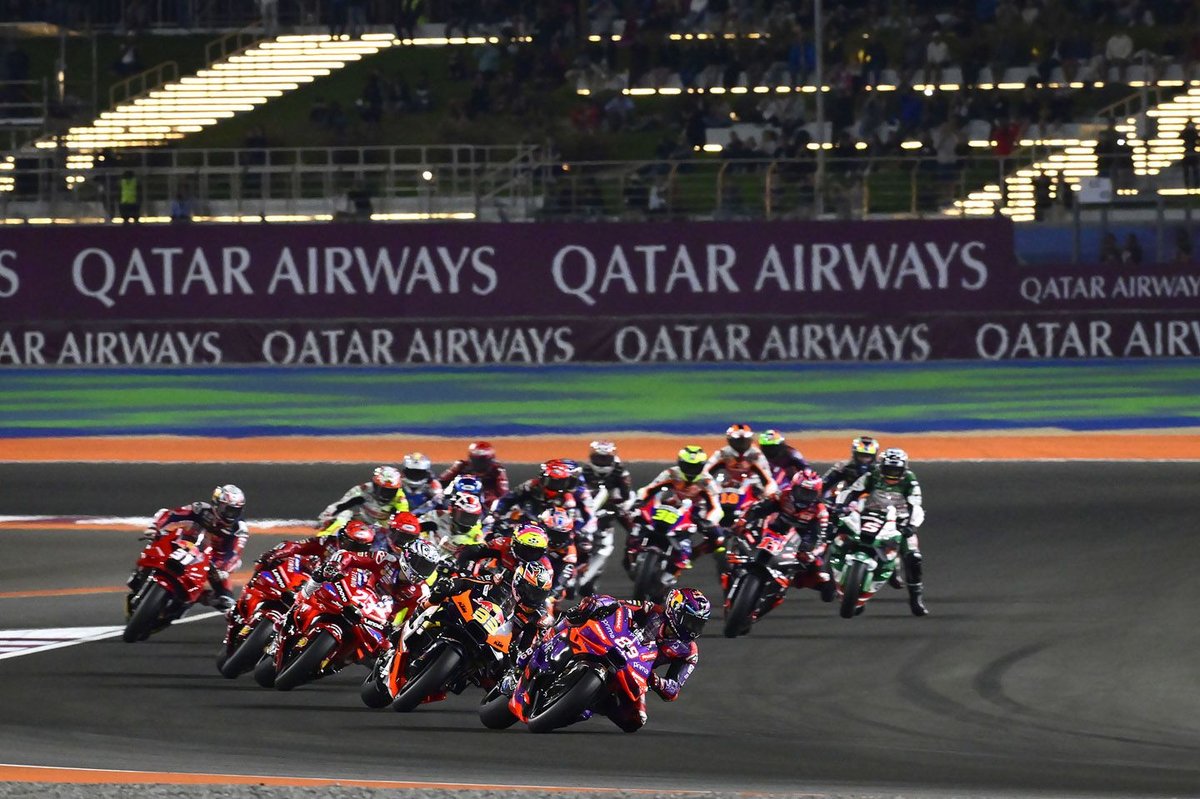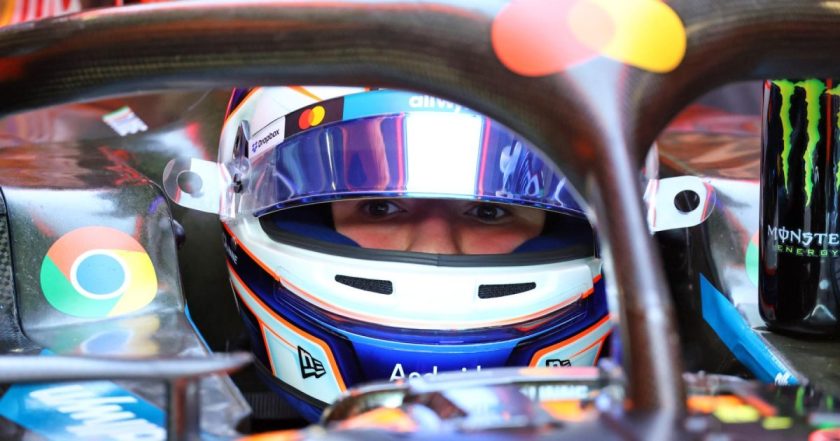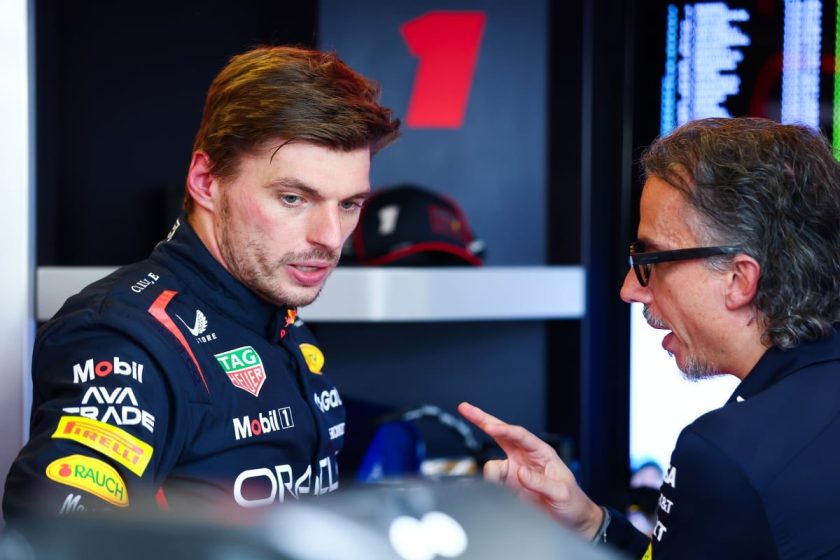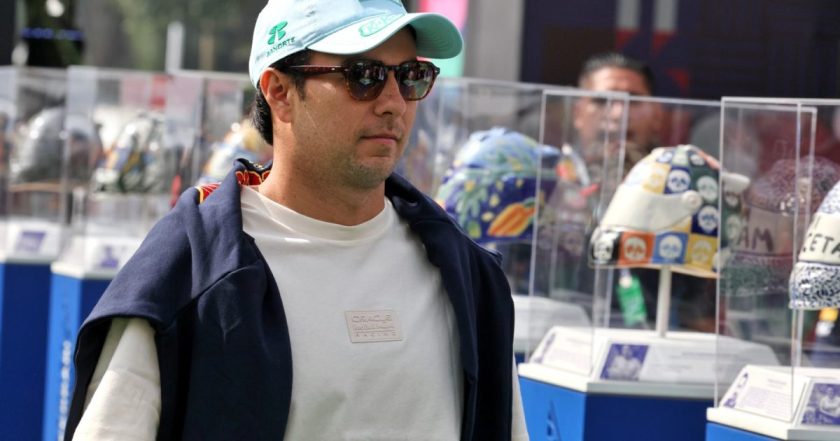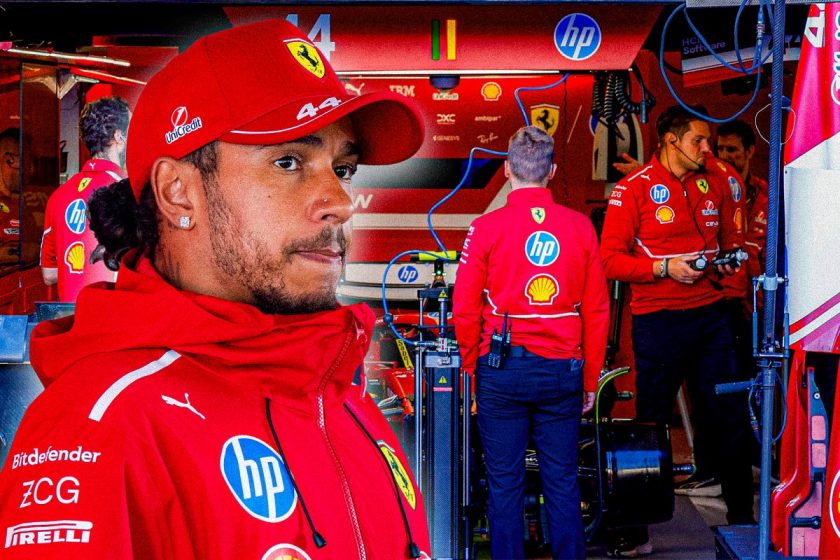P1racenews AI automatic summary:
MotoGP has a wildcard system in place which can bring many benefits to a constructor – but what is it?
The 2023 MotoGP season saw six riders participate in selected grands prix as wildcard entries, a concept with a long-standing history in the series, dating back to the early years of motorsport when local riders were entered due to their circuit knowledge. Steve Manship stands out as one of the best wildcard entries, finishing second at the 1978 British Grand Prix in his only race that year. Today, a MotoGP wildcard is a rider who competes in a grand prix despite not being a full-time competitor for the season, often test riders are chosen for this role.
Teams use wildcards to gain crucial feedback for bike development and increase track time, important as there are limited official testing days during the year. While there are benefits to utilizing wildcards, such as increased feedback and track time, teams often use them sparingly due to financial constraints, as running a MotoGP bike is expensive. Furthermore, test riders are typically the first choice to replace an injured main rider, reducing the opportunities for them to be wildcards.
Points scored by wildcard riders do not contribute to the teams’ championship standings, but they can earn points for the individual and constructors’ championships. The reintroduction of a concession system for the 2024 season places limits on the number of wildcards a constructor can use, aimed at supporting struggling Japanese manufacturers like Honda and Yamaha. Despite the risks and limitations, wildcards remain a key element in MotoGP, providing opportunities for test riders and former racers to contribute to teams’ performance and development.
